.jpg) |
Every two years during the past decade, I have traveled to the Venice Biennial with the intent of writing something about it, but not right away. My strategy has always been to hang back for a bit and think about the exhibition, giving the bloggers and top-ten list chatterboxes the first words on the subject. Only then do I give my grave and deeply considered pronouncements, which in the case of the current iteration of the event, boil down to this: it is a respectable, predictable and boring affair. This might have to do with the national identity of its artistic director, Bice Curiger, the well-known founding editor of Zurich’s Parkett Magazine, an eminently respected publication that has done much to promote the fortunes of major American and European artists during the past three decades, as well as engender and reflect a significant shift in the priorities of contemporary art patronage. There is a saying that signifies trouble-free operation: “smooth as a Swiss watch,” and this Swiss watch of an art exhibition is as smooth as any cache of investment-grade artificial silk. A banker’s delight, this oddly placid iteration of the Biennial reeks of the turning of the recent respectability of contemporary art into an empty fetish, as befits our moment’s conflation of art fortunes and equity positions. The Biennial also contains a much larger percentage of dead artists than any of its recent predecessors.
 |
 |
%20copy.jpg) |
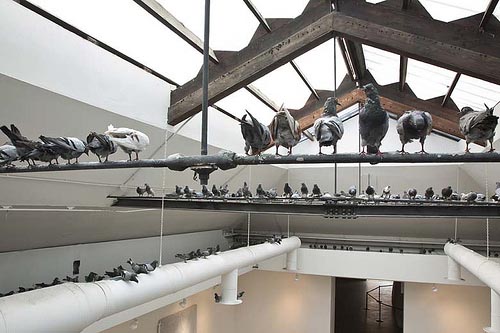 |
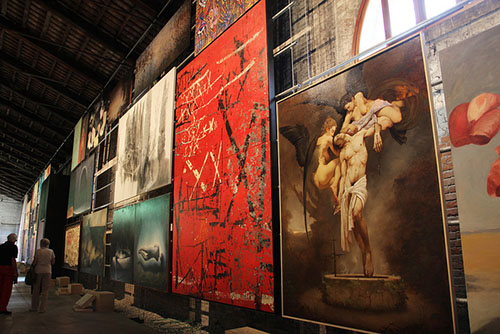 |
 |
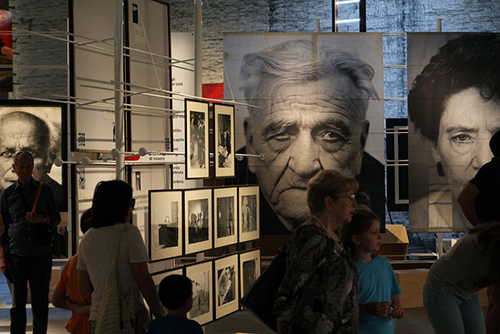 |
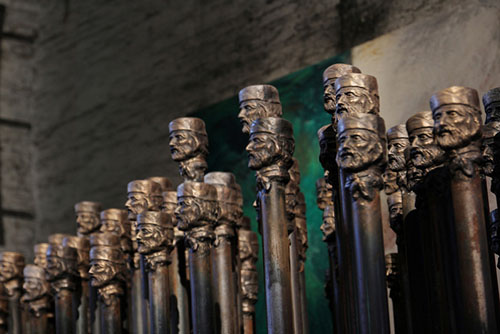 |
.jpg) |
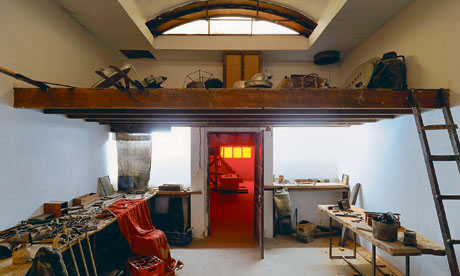 |
 |
.jpg) |
 |
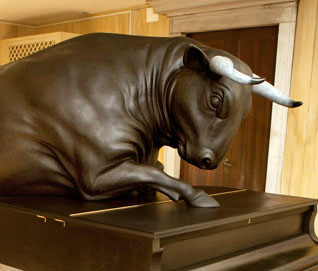 |
Mark Van Proyen is Chair of the Painting Department of the San Francisco Art Institute. He is a corresponding editor for Art in America, and his critical writings have appeared in many publications, including Art Criticism, Artweek and Art Issues. He is currently working on a novel titled Theda’s Island, the story of which is set in the art world.

Bloody brilliant breakdown, as usual, sir Mark. Your jab at Smith made me laugh out loud.
So true. Well done Mark.
Sounds like the mostra/o found its match at home on the Italian pavilion. Thanks for the insightful essay. Didn’t know monsters wore Swatch these days…
Hi Mark,
It is so cool that you’re the chair of painting at SFAI now!
-PK
art is making me tired. enjoyed the review and was happy that i did not have to go. art makes me tired, except every so often it makes me so excited. guess i can’t just give it up.
Great piece, MVP. Thanks for your due diligence in saving the rest of us the nuisance of going to Venezia. Is postmodernism/pluralism merely global capitalism with a hominid face? Se non e vero, e ben trovato,